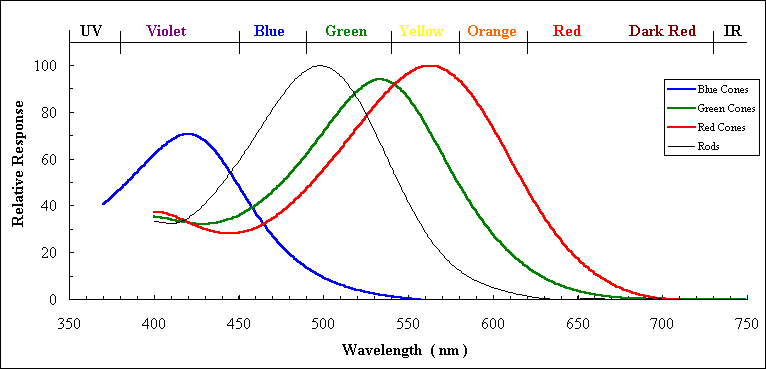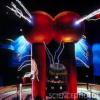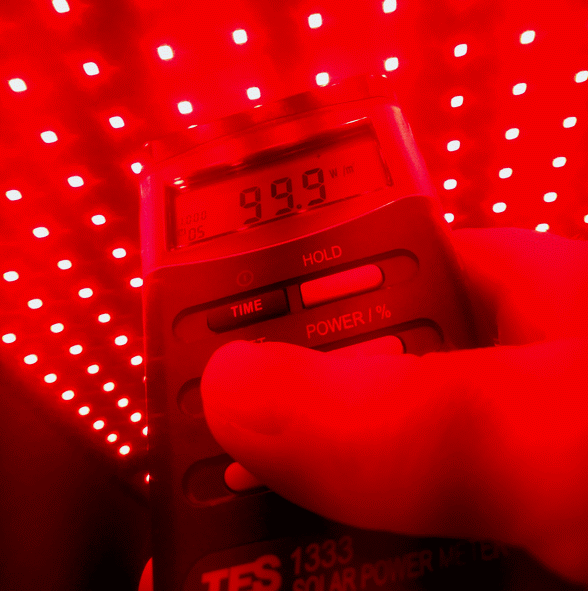Anyone else tried this? It sounds way too good to be true but so does a lot of cutting edge biohacking stuff and on the other hand I've read tons of incredible reports about red light, seems very promising overall!
I have a massive appetite all the time these days and seem to be caught in a terrible dilemma between gaining a pound or two a week so that I can not feel hungry and unfocused all the time and sleep decently, or maintaining my weight but feeling hungry and unfocused all the time and waking up after 6 - 7 hours of sleep with my stomach growling and other such issues.
I've tried suppressing my appetite with supplements but that tends to just give me a bad rebound effect where I have to eat more later or I feel even worse. I know I'm getting into insulin resistance since diabetes runs in my family and am pretty sure I'm dealing with some bad leptin resistance as well. I'd really love to figure out a way to get back to a reasonable level of appetite and start losing some of the weight I've put on lately without feeling terrible all the time.
For anyone that has tried using red light in this manner, I have a few questions:
1) do y'all have any issues with rebound weight gain once you stopped using the red light? How did you feel when you stopped using it overall? I know that a lot of diets and supplements will cause that exact issue because they make the brain think the body is starving so you get hungrier and hungrier over time until you break and eat to make up for the deficit.
2) How was your sleep? Would you wake up in the middle of the night and have to use the red light to kill your hunger? I'm so tired of my hunger waking me up and preventing me from getting the 8 hours of sleep I need, I can't keep dealing with it.
3) Do you recommend using red light for weight loss overall, and is it as incredible as it sounds from these posts from on it?





























































